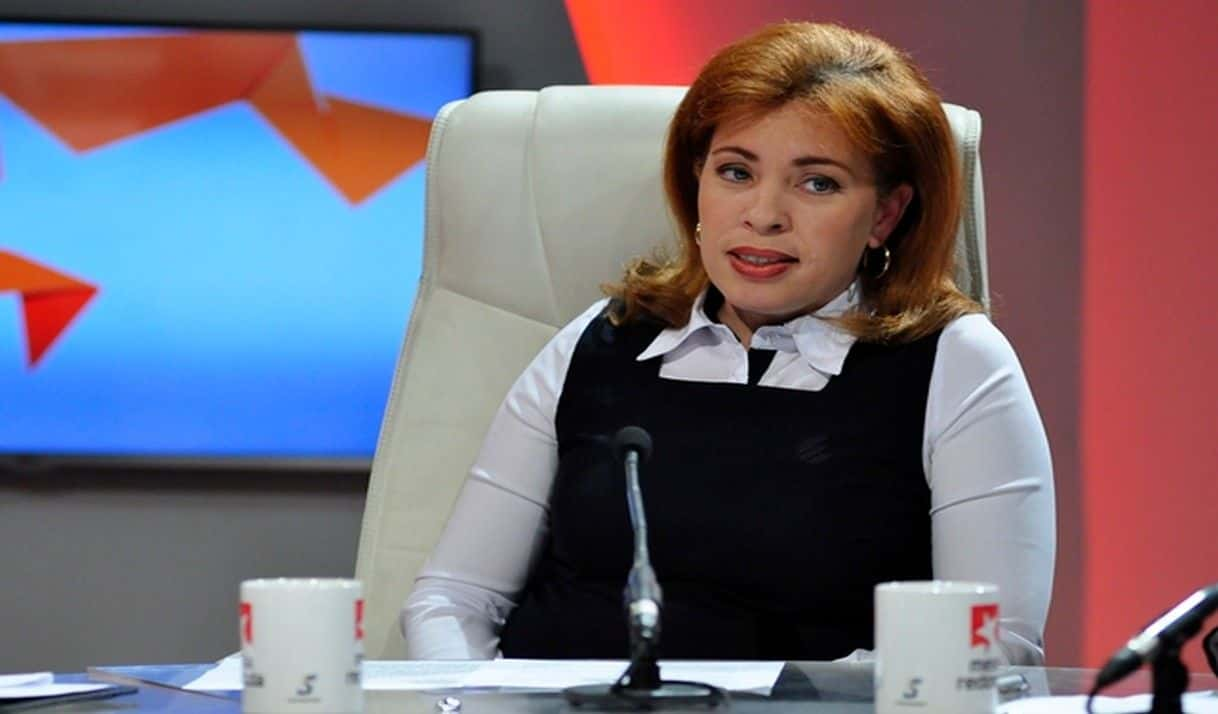Cuban Government Made Billions from Telecom Exports—Where Did All That Money Go?

Portal cubano
ETECSA, Cuba’s sole telecommunications provider, is once again in the spotlight—this time due to the steep hike in mobile data prices announced on May 30, 2025. A day later, Tania Velázquez, company president, appeared on national TV to justify the rate increase. During the interview, she dodged questions about where the company’s earnings actually go, instead claiming that ETECSA had lost 60% of its revenue due to fraudulent top-up schemes.
However, a joint investigation by Connectas and YucaByte reveals that from 2005 to 2019, Cuba earned over $21 billion from the export of communications, computing, and information services—an average of $1.4 billion per year, according to data from the OECD, sourced from the IMF, Eurostat, and Cuban national statistics. These figures outpaced telecom exports from countries like Guatemala and Ecuador during the same period.
Notably, the Cuban government invested just $1.97 billion in telecom equipment during that period, representing barely 10% of its earnings.
According to Cuba’s National Office of Statistics and Information, the country earned $807,000 in telecom and IT services in 2020. Since then—coinciding with the country’s currency unification policy—ETECSA’s foreign currency revenues have plummeted. In 2021, the figure dropped to $160,000, then to $128,000 in 2022, and just $112,000 in 2023. Economist Pedro Monreal estimates that from 2020 to 2023, telecom export revenues declined by 86%, while the trade balance for the sector plummeted by 95%.
Monreal didn’t mince words, calling the revenue losses a sign of “monumental incompetence” on the part of both ETECSA and the Cuban state.
In contrast to its president’s silence, ETECSA attempted a public response via a post on X (formerly Twitter):
"The foreign currency income of recent years has funded the telecom network we have today: two submarine cables, 8 million mobile lines, and over 5,600 cell towers. We need to maintain all this so Cubans can stay connected to the world."
But the claim requires context. One of the two submarine cables cited, ALBA-1, was completed in 2010–2011 and reportedly cost around $70 million. That project was financed by Telecomunicaciones Gran Caribe, a Cuban-Venezuelan joint venture, with Venezuela footing 60% of the bill and Cuba covering the remaining 40%, about $28 million.
As for the second cable, Arimao, the total costs are unclear. A dossier from Orange S.A., the French multinational that partnered with ETECSA on the project, estimates the cost of its installation in Martinique alone at €1.2 million.
The Cuban state press has pegged the cost of a single cell tower at $100,000. With 5,600 towers, that would mean an investment of roughly $560 million—still a fraction of the $21 billion the country earned from telecom services over 15 years.
Perhaps the most revealing moment in Velázquez’s interview was her indirect admission that ETECSA does not control how all of its earnings are spent. A portion of its income, she acknowledged, is diverted to other sectors—though she didn’t say which ones. That leaves the original question largely unanswered: What sectors are benefiting from this money? And how is the Cuban government spending it?
All of this comes as Cuba continues to rank at the bottom globally for internet quality. The country reportedly has the world’s slowest broadband, and its mobile data speeds are among the worst, often below 1 Mbps. In 2021 and 2022, Cuba’s average speed hovered around 14 Mbps, but it has since declined even further.
Despite billions in past earnings, Cuba's telecom infrastructure remains outdated and underperforming. The disconnect between revenue and results underscores growing public frustration—and renewed calls for transparency.










Comments
We moderate comments on this site. If you want to know more details, read our Privacy Policy
Your email address will not be published. Mandatory fields are marked with *